
Carpal tunnel syndrome is a medical condition caused by compression of the median nerve. It features with pain, paresthesias and may progress to weakness of the muscles innervated by the median nerve. In case non-surgical treatment of carpal tunnel fails the condition may be treated with surgical procedure called endoscopic carpal tunnel surgery.
Endoscopic Carpal Tunnel Surgery - the Procedure
In this procedure a surgeon uses a thin and flexible tube which contains a camera. This is so called endoscope and it is guided through a small incision in the wrist. The purpose of endoscope is to visualize the operated area and all the vital structures and make easier for a surgeon to perform the procedure. Apart from endoscope a surgeon uses the cutting tools which are also very tiny and inserted through the incisions in the wrist.
During the procedure surgeon cuts the transverse carpal ligament which leads to release of the pressure from the median nerve. This way the symptoms are successfully alleviated. All the incision lines are stitched and the hand is bandaged.
After the Surgery
Patients are usually not hospitalized and they go home the same day after the surgery. The recovery time after endoscopic carpal tunnel surgery is much shorter comparing to open surgery. This can be easily explained by the fact that the wrist is not cut open and the cutting does not affect large areas of the hand.
It is normal to experience pain and numbness of the operated area right after the surgery. The pain and numbness may also linger for several months. It is essential to avoid any kind of strenuous activity with the operated hand and heavy use of the hand for at least a couple of weeks. Patients routinely undergo physical therapy after endoscopic carpal tunnel surgery.
Returning to work basically depends on whether the dominant or other hand has been operated. This also depends on the particular activities performed at work. This period may vary from a few days to several weeks.
Risks of Endoscopic Carpal Tunnel Surgery
Fortunately, the risk of endoscopic carpal tunnel surgery is low. The most serious complication is damage of the median nerve and it occurs in less than 1 out of 100 surgeries. Apart from injury to the median nerve, there is also a chance of damage to other nerves, nearby blood vessels and tendons.
Normally, the risk is also associated with general anesthesia and there is also a risk of postoperative infections. The risk associated with general anesthesia is reduced if the surgery is performed under local or regional block anesthesia.





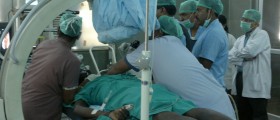
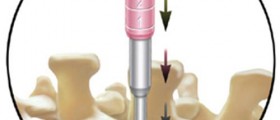
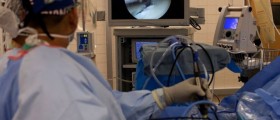
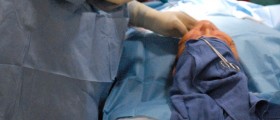

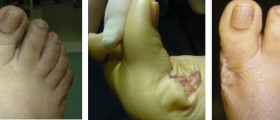
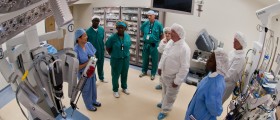
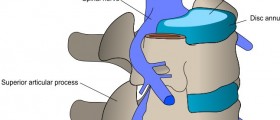



Your thoughts on this
Loading...